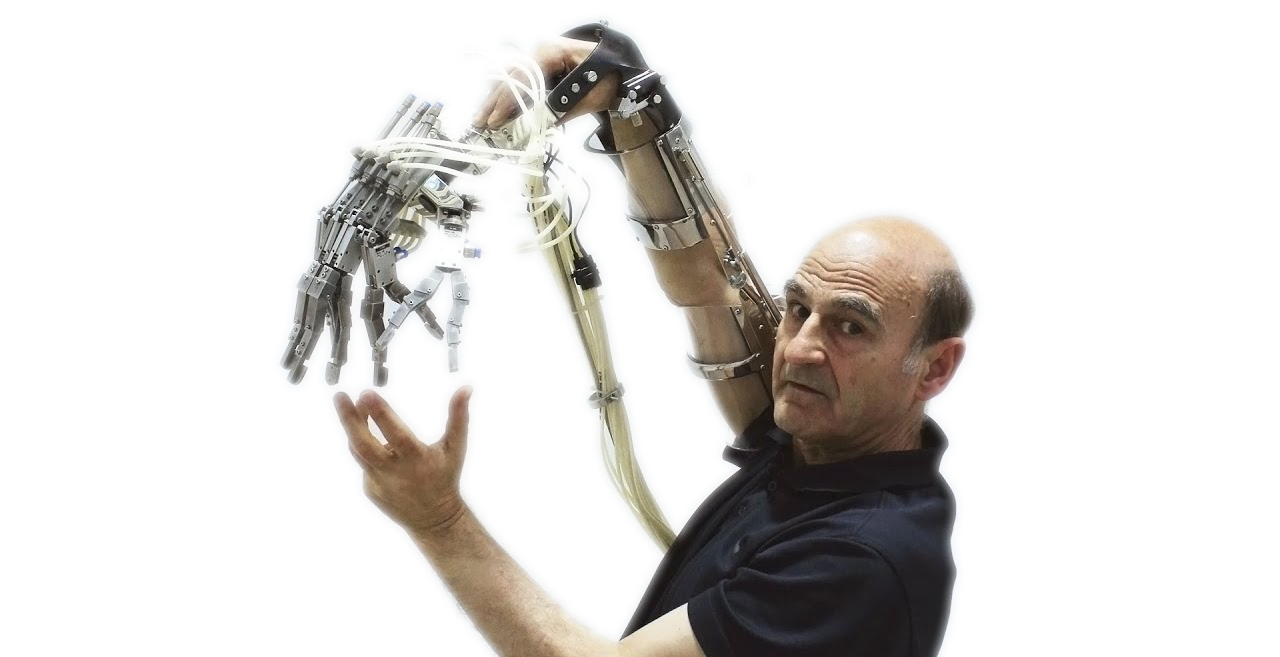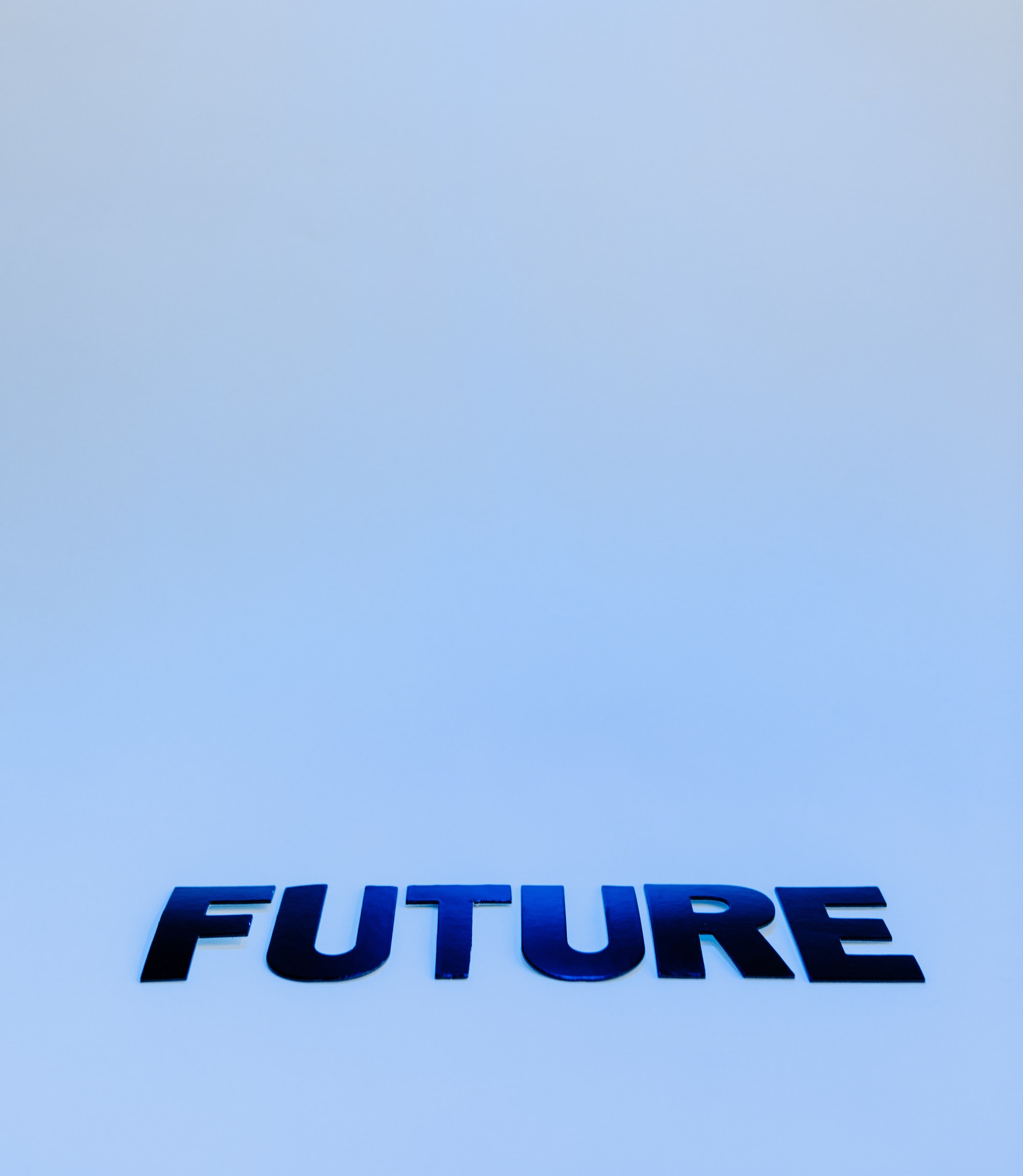Though I didn't realise it at the time, the work I was doing before transferring was focused on purely the human aspect of the man/machine dualism.
Animation? A human labour. 3D and sound design? Meticulously handcrafted with no room for random generation and interactive play. It lacked passion. There was no joy of discovery or the thrill of creation that I experienced as a child poking at things and wondering what would happen.
I was bound by the limits of what my own two hands could do.
A computer though? Isn't limited by much theory it knows or how much practice is has; it can plug in a random number generator and produce as many combinations as it needs to until it hits something interesting.
 Stelarc: Extended Arm
Stelarc: Extended Arm
Now, a fair amount of what the Interactive Design major focuses on is the, well, the interaction of human and machine; we learn about machine logic, the rules for how and why a computer does something, and how to create something with that.
Technology becomes an augmentation of our physical selves.
During class, the very same as before, our discussion came to the artist StelarcSee his other work here.. His work on augmenting the human body with technological and mechanical prosthesis was something I had studied early in highschool and, in that instant, I felt the same joy of discovery and thrill for creation that had eluded me during my time at university.
Instead of man/machine existing as an unequal relationship within my art making practice, suddenly I felt like the two distant pieces of who I was and what I loved could exist in complement and in contradiction to one another; both true, and both necessary.
I desperately wanted to grab that and never let go again.





